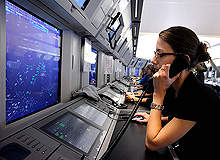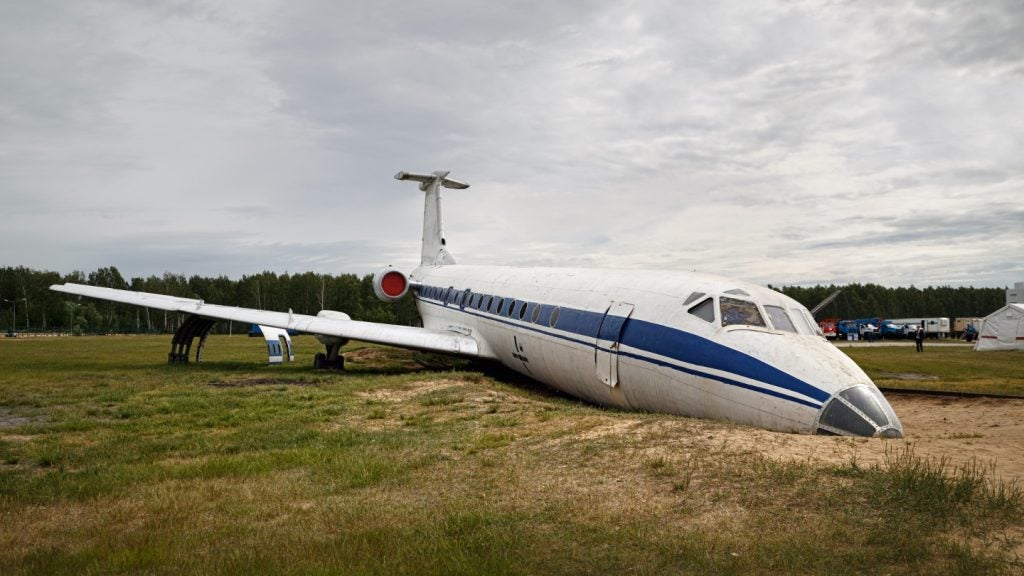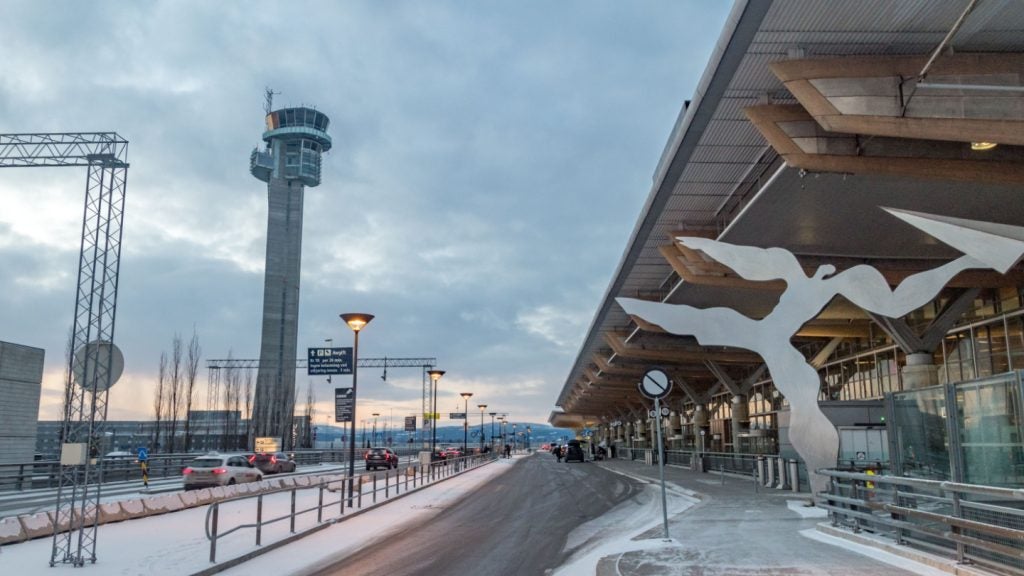
It’s no secret that many airports around the world are working at full capacity. In March 2011, a European Commission report highlighted that at several European airports – including London Heathrow, Paris Orly and Düsseldorf – demand exceeds capacity for most or all of the day.
This is despite the recent economic downturn and its effect on air travel. With the Single European Sky (SES) and NextGen initiatives promising to double or triple en-route capacity in the next 20 years, the gap between airport demand and capacity will worsen if nothing’s done.
Compounding the problem is the fact that no two airports are alike – each has its own pattern of traffic and operations, set of stakeholders and so on.
Airport expansion is not always an option either, so the EU and US authorities are addressing throughput rather than capacity. Although industry experts agree that airports cannot be viewed in isolation, there are concepts and technologies that focus on addressing this issue.
European airport capacity and SES
According to Balaji Srimoolanathan, an aerospace expert at consultancy Frost & Sullivan, two of the key airport elements required for SES are Advanced Surface Movement Guidance and Control (A-SMGCS) and Airport Collaborative Decision Making (A-CDM). “There’s a lot of R&D going on here, especially in A-SMGCS,” he says.
See Also:
A-SMGCS is a pan-airport surveillance infrastructure system consisting of microwave and optical sensors, and multilateration technology such as legacy radar and Automatic Dependent Surveillance Broadcast (ADS-B).
How well do you really know your competitors?
Access the most comprehensive Company Profiles on the market, powered by GlobalData. Save hours of research. Gain competitive edge.

Thank you!
Your download email will arrive shortly
Not ready to buy yet? Download a free sample
We are confident about the unique quality of our Company Profiles. However, we want you to make the most beneficial decision for your business, so we offer a free sample that you can download by submitting the below form
By GlobalDataAs Phillippe Joppard, deputy head of airports at European air traffic management (ATM) body Eurocontrol, explains, “A-SMGCS gives an airport’s air traffic control (ATC) an almost continuous picture of movements on the runways, taxiways and so on, in all weather conditions, which provides better control of incoming and outgoing flights. This allows the ATC to process more aircraft, enhancing throughput.”
By contrast, A-CDM is a concept that will allow every main airport partner – ATC, airlines and so on – to share operational data transparently, providing situational awareness and maximising the use of available airport infrastructure. It has a particular focus on aircraft turnround and pre-departure sequencing.
The concept does involve the use of technology but its emphasis is more on cultural and procedural changes. One of its main outputs will be more accurate target take-off times to improve en-route and sector planning of the European ATM network. Implementation is ongoing, via the introduction of departure planning information messaging to the Control Flow Management Unit, Eurocontrol’s ATM hub.
Interoperability between SES and NextGen is clearly vital. As Luc Tytgat, Eurocontrol’s director of Single Sky puts it, “What needs to be understood is that any aircraft travelling from the US to the EU will need a seamless level of service.” To this end, he says, the US is considering implementing A-SMGCS, while the latest memorandum of cooperation between Eurocontrol and the US Federal Aviation Administration, issued in April 2011, covers “quite a wide scope regarding joint research, including alternative aviation fuel solutions and satellite-based communications”.
NextGen – Born in the US
Srimoolanathan notes that NextGen is making swifter progress, principally because development in the EU is more complicated since all member states have to agree on common policies. While R&D in the EU comes under the public-private Single European Sky ATM Research (SESAR) programme, a broad equivalent for NextGen is NASA’s Aeronautics Research Mission Directorate and its Airspace Systems Program.
Again, airports cannot be seen isolation. But Leighton Quon, a project manager at the Aeronautics Research Mission Directorate, points to a work area focusing on airport surface operations called Safe and Efficient Surface Operations. “It is working on concepts, algorithms, analysis and experiments for surface traffic optimisation called the Spot And Runway Departure Advisor,” he says.
Quon adds that there is tactical runway configuration management, to provide information to airport operators on when to change runway configuration due to weather and minimise disruptions to operations, as well as the precision departure release capability, which connects and coordinates departure schedules on the ground and in the air.
In surface conflict detection and resolution, aircraft and ground-based surface / low-altitude conflict detection and resolution technologies will enable precision ground operations.
“The objective is for these technologies to be integrated and working together to provide minimal delays due to surface congestion and minimise environmental impacts in and around airports,” Quon says.
New operational concepts such as super-density operations are also being examined. Quon says, “This focus area develops algorithms that simultaneously solve and optimise the sequencing, merging, de-confliction and spacing in the dense operational airspace in and around the airport.”
On that basis it sounds similar to A-SMGCS. In a similar respect regarding A-CDM, the Aeronautics Research Mission Directorate is looking at collaborative traffic flow management, which explores how collaboration among users could enhance the overall performance of operations.
According to Quon the modelling tools most used here are the Future ATM Concepts Evaluation Tool, which can generate and analyse thousands of aircraft trajectories, and the Airspace Concepts Evaluation System, a simulator with full gate-to-gate representation of all the major components of the US National Airspace System.
Some concepts, such as precision departure release capability, are now at the testing stage, and ADS-B is currently being fielded by the US Federal Aviation Authority as a field demonstration in its ADS-B-Enabled Green operations using Integrated Scheduling and Spacing (AEGIS) project, which is aimed at demonstrating the feasibility of high-throughput arrivals.
Even so, it’s still early days. “Some of the long-term research may need even more advanced versions of models or sensors,” Quon says. “For example, one of the closely spaced approach concepts will need advanced wake turbulence models and sensors to determine the position and strength of aircraft wakes. While there has been progress on the new models it will still take some years to fully evaluate their quality and the sensor technologies to support them.”
In the EU, both Joppard and Tytgat agree that there’s still a lot of work to do in terms of making every aspect of air transport perform better in a coordinated way. But, Srimoolanathan says, “This is achievable, although it depends not just on the will of the aviation industry but all transport stakeholders.”






